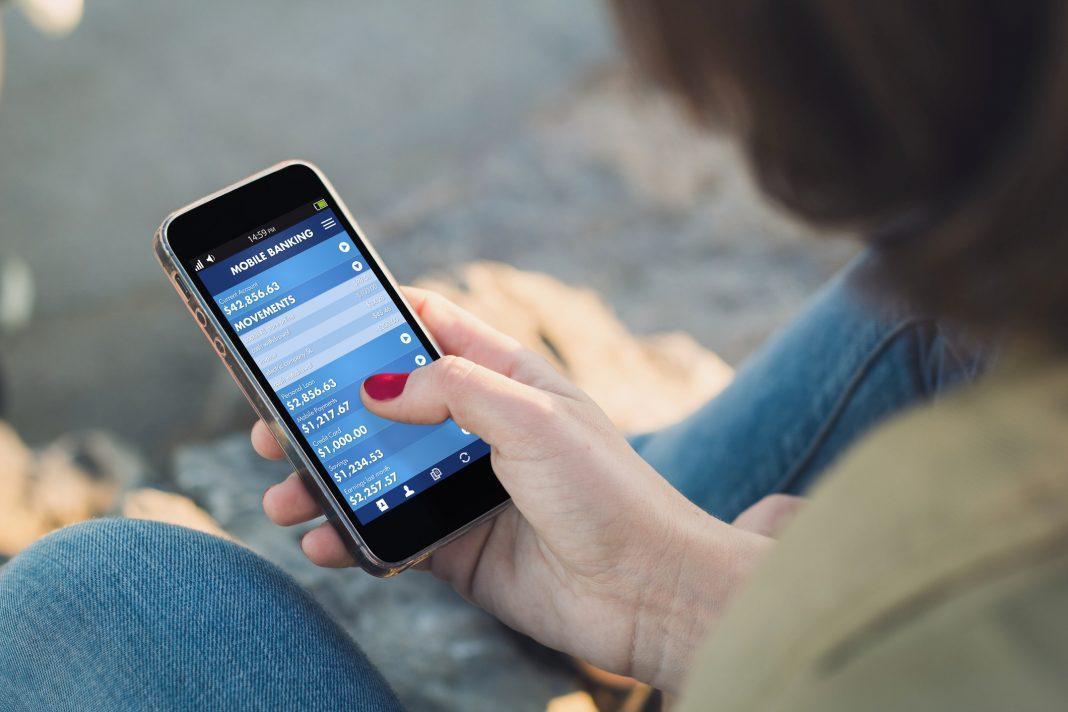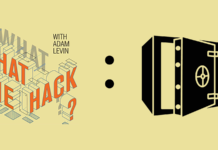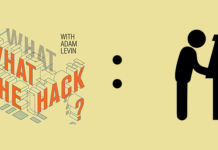 With Venmo being one of the most popular ways to send money, it makes sense to wonder what’s keeping your personal data and digital wallet safe. Venmo has made strides to improve its security in the past two years, but here’s the short answer to how safe Venmo is—protecting yourself comes almost entirely down to you.
With Venmo being one of the most popular ways to send money, it makes sense to wonder what’s keeping your personal data and digital wallet safe. Venmo has made strides to improve its security in the past two years, but here’s the short answer to how safe Venmo is—protecting yourself comes almost entirely down to you.
How to Keep Your Personal Info Safe on Venmo
It takes only five minutes to make your Venmo account more secure by doing three things.
1. Change the default audience
Venmo sets its default audience to public, which means anyone can see your transactions. Venmo never displays the amount you pay someone, but everything else is fair game. Strangers can see names (both yours and the recipient’s) and payment messages (e.g., “thanks for the b-day dinner”), which can make it easier for someone to impersonate you and request payments from friends or family.
How to: Go to Settings, under the Sharing category (called Privacy & Sharing on iOS) select Default Audience, and change to “Participants Only” (the default setting of Venmo is set to “Public”). If you don’t want to let go of the social aspect of Venmo, at the very least change the default audience to “Friends” so only friends can see your payment details and messages. Not only will changing the default audience setting make you less susceptible to fraudsters, but you won’t have coworkers find out you didn’t invite them out for drinks after work.
2. Turn on alerts and notifications
Venmo has gotten better about notifying users of activity on their accounts, but you may need to tweak a few settings to ensure you’re never in the dark if something happens. For example, by default Venmo will alert you to account activity via email. However, if you’re the type of person who avoids checking your inbox or gets drowned in emails every day, an important Venmo account notification could get lost.
How to: You can turn on text notifications or customize alerts by going to Settings, selecting Alerts and Notifications, and then choosing Push, Text, or Email Notifications. Alerts and notifications are incredibly easy to personalize, so do what works best for you. Setting up the right alerts will help you stay on top of what’s happening on your Venmo account.
3. Set up a PIN code
Even if you already have a PIN for your phone, you should set up a separate one for Venmo. If someone were to come across your unlocked phone, they could immediately open your Venmo app and mess around with your money. Adding a separate PIN for the Venmo app provides yet another layer of security for you to fall back on should your phone fall into the wrong hands.
How to: Go to Settings and select PIN Code under the security settings (steps may vary on iOS). Follow the instructions to set up a four-digit PIN, and you’re good to go. Now, whenever the Venmo app is opened, it will immediately ask for the PIN.
What Venmo Does to Protect You
To remain compliant with federal banking standards, Venmo uses the same type of data encryption and storage you would expect from an online bank. For many, just knowing that much may provide some comfort. However, though Venmo makes efforts to keep your data secure, it does notoffer buyer or seller protection for unauthorized third parties. You may wonder why that is, but it goes back to the purpose of Venmo—it’s a service for sending money to friends and family, not strangers.
If you want to stay safe on Venmo, simply don’t send money to people you don’t know. Venmo isn’t meant for purchasing Lady Gaga concert tickets from someone you found on Craigslist.
In the past, Venmo didn’t offer other security features, like two-step authentication, but now two-step authentication is on every Venmo account by default (see image). If you’re unfamiliar with two-step authentication, it’s when you try to log in to an account from an unfamiliar device (computer, smartphone, etc.) and you’re required to enter a passcode sent via text. It’s an awesome security feature, and you should be using it for more than just Venmo.
One More Thing to Know about Venmo
There is one extra step that will help you stay protected on Venmo, and that is using a credit card instead of a debit card or checking account. Yes, there is a 3% fee on transactions with a credit card, but most credit cards won’t hold you liable if you’re a victim of fraud.
Note: If you lose your phone or it gets stolen, revoke phone access by logging in to Venmo via computer and contact Venmo immediately.
Is Venmo Safe to Use?
The real answer lies with you. If you take five minutes to set up the security settings (create a PIN code, turn on alerts, etc.) and change the default audience—don’t ever set it to “Public”—you’ll make yourself a much harder target for fraud. It’s not a perfect service, but Venmo is much better about its security now, so the rest is up to you.
This article originally appeared on Credit.com and was written by Scott Teran.










